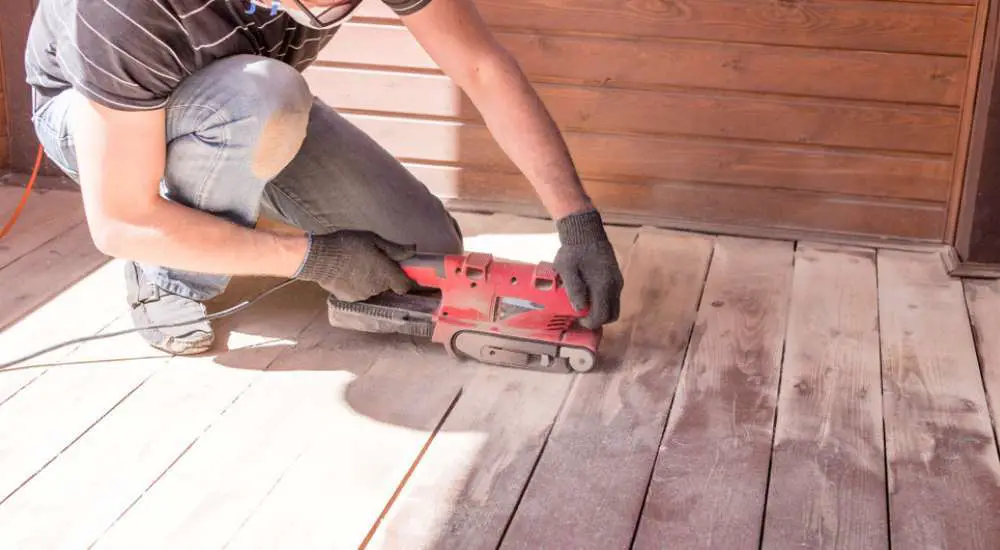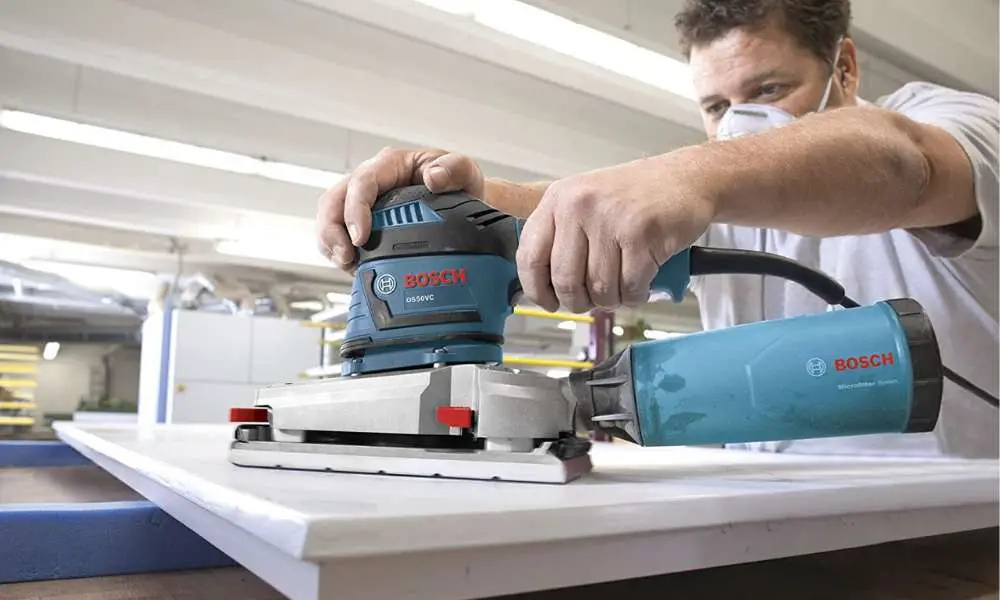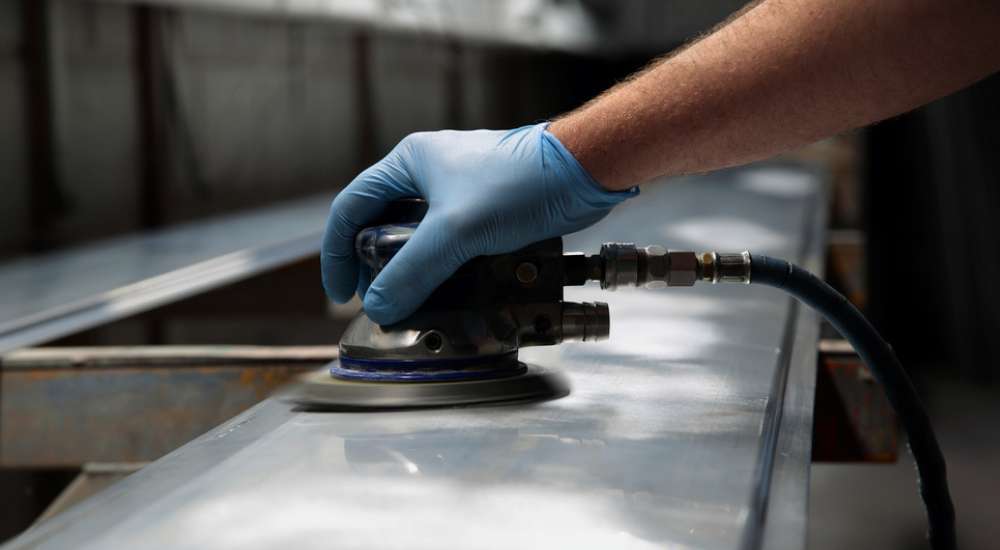Properly cleaning furniture before painting is a crucial step often overlooked, yet it can dramatically affect the outcome of your project. Dirt, dust, oils, and old finishes can interfere with the new paint adhering correctly to the furniture’s surface. If these are not removed before painting, it could result in an uneven finish, peeling, or flaking paint over time. Therefore, a thorough cleaning not only prepares the surface for a smoother application but also ensures the longevity and durability of your new paint job. It’s all about creating a clean canvas for your new color to stick to, providing a professional, high-quality finish.
The process of cleaning furniture before painting involves several steps. First, you’ll need to gather all the necessary materials and cleaning supplies, such as soap, water, a scrub brush, and possibly sandpaper or a primer, depending on the condition of your furniture. The next step is to identify the type of material your furniture is made of, as this will determine the correct cleaning method. Once this is established, you can proceed with the cleaning process, which includes dusting, washing, and drying. If the furniture has a glossy or slick surface, it may be necessary to sand or use a primer to help the paint adhere better. After the furniture is clean and dry, you’ll prepare your painting area to protect nearby surfaces from accidental paint splatters. Following these steps will ensure that your furniture is adequately prepared for a fresh coat of paint.
Contents
- 1 Materials Needed to Clean Furniture
- 2 Preparatory Measures
- 3 Identifying the Type of Furniture Surface
- 4 How to Clean Different Types of Furniture
- 5 Detailed Cleaning Procedure
- 6 Preparing the Area for Painting
- 7 Next Steps Post-Cleaning
- 8 Troubleshooting Furniture Painting Process
- 9 Frequently Asked Questions
Materials Needed to Clean Furniture
Before you begin the cleaning process, you’ll need to gather all necessary cleaning supplies. These include a pair of rubber gloves to protect your hands, dust cloths or microfiber cloths for dusting, mild dish soap or a wood cleaner for most wooden furniture and a scrub brush for stubborn dirt. A bucket of warm water is essential for washing, and old towels or rags can be used to dry off the furniture afterward. If your furniture is made of metal or plastic, you might need specific cleaning agents suitable for these materials. In case your furniture has a glossy finish or is heavily stained, you might also need sandpaper to help remove the gloss or stains, and a primer to prepare the surface for painting.
Once your furniture is thoroughly cleaned and ready for painting, you’ll need the right painting equipment. This includes good quality paintbrushes of different sizes – a larger one for wide surfaces and a smaller one for detail work. Depending on the type of paint you’re using, you might also need a foam roller for a smoother finish. Paint trays are useful for holding your paint and helping to remove excess paint from your brush or roller. Painter’s tape is necessary to protect areas you do not wish to paint, such as hardware or glass. Depending on the type and color of your paint, a primer may also be required. Don’t forget to have plenty of drop cloths or plastic sheets on hand to protect your floor and surrounding areas from paint drips. Lastly, you’ll need a sealant or top coat to protect your new paint job, especially for furniture items that will see heavy use.
Preparatory Measures
One of the key preparatory measures before cleaning furniture is the removal of all removable parts. This includes items like knobs, handles, drawers, cushions, or any other detachable pieces. Doing so will allow for a more thorough cleaning and painting process. You’ll be able to reach all the nooks and crannies that might otherwise be covered or blocked. Also, removing these parts will protect them from accidental splashes of cleaning solution or paint. Make sure to keep all the removed items in a safe place so they don’t get misplaced, and remember to clean them separately as needed.
Safety should never be overlooked in any DIY project, and cleaning furniture for painting is no exception. Rubber gloves are essential to protect your hands from harsh cleaning chemicals or splinters from rough wood. Safety goggles are recommended, especially when sanding, to prevent particles from entering your eyes. Also, if you’re working with strong cleaning agents or paints with heavy fumes, working in a well-ventilated area is crucial, and a respirator mask might be necessary. If your project requires sanding, a dust mask should be worn to protect your lungs. These precautions ensure that you can carry out your project safely without causing harm to your health.
Identifying the Type of Furniture Surface
Before you start cleaning your furniture for painting, it’s important to identify what material it is made from. The most common types of materials used in furniture are metal, wood, and plastic. Each material has a different texture, hardness, and responsiveness to chemicals, which you should be aware of before beginning the cleaning process. Wooden furniture can often be identified by its distinctive grain pattern and it may have a varnish or paint finish. Metal furniture, often made of steel, iron, or aluminum, can have a variety of finishes such as paint, powder coating, or bare metal. Plastic furniture is usually light, and it may have a glossy or matte finish. Being aware of these differences is key to selecting the right cleaning method and preventing damage to the furniture.
Different materials require different cleaning methods. For wooden furniture, a mild dish soap or wood cleaner is often enough to clean the surface. In case of stubborn stains, sanding may be required. Metal furniture, on the other hand, might require a metal cleaner or rust remover, especially if there’s any rust present. However, if the metal is painted, you might be able to use a similar method to wood. For plastic furniture, warm soapy water can usually do the job, but for stubborn dirt or stains, you might need a plastic cleaner or mild abrasive. In all cases, after the cleaning, make sure to rinse off the cleaning solution completely and let the furniture dry thoroughly before starting to paint. It’s always a good idea to test any cleaner on a small, hidden area first to ensure it doesn’t damage the furniture’s finish.
How to Clean Different Types of Furniture
How to clean metal furniture before painting:
Cleaning metal furniture involves a few specific steps. Start by removing any loose dirt or dust using a dry cloth. If the furniture has any rust or old peeling paint, you’ll need to remove it using a wire brush or sandpaper. Following this, clean the surface using a cloth dampened with a mild detergent mixed with water. If the furniture has stubborn stains or residue, a commercial metal cleaner can be used. Remember to always test any cleaner in an inconspicuous area first. Once the cleaning is done, thoroughly rinse the furniture with water and dry it completely. In some cases, you might need to apply a rust-inhibiting primer before painting, especially if the furniture will be kept outdoors.
How to clean wood furniture before painting:
When it comes to cleaning wood furniture, start by removing any dust or loose debris with a dry cloth or a vacuum with a brush attachment. If the furniture has a glossy finish or stubborn stains, sand it down with fine-grit sandpaper. Clean the surface using a cloth dampened with a mixture of mild dish soap and water. For heavily soiled areas, a commercial wood cleaner can be used, but always test it on a hidden spot first. Rinely thoroughly to remove any soap residue. Allow the furniture to dry completely before proceeding. If the wood is very porous or the furniture is antique, you might need to apply a primer before painting.
How to clean plastic furniture before painting:
For plastic furniture, begin by wiping down the piece with a dry cloth to remove any loose dust or debris. Create a cleaning solution using mild dish soap and warm water. Using a soft cloth or sponge, scrub the surface of the furniture. For tougher stains or scuffs, a soft-bristle brush can be used. Avoid using abrasive cleaners or tools as they can scratch the plastic surface. Once you’ve cleaned the furniture, rinse it thoroughly with water to ensure no soap residue is left, as this can interfere with the adhesion of the paint. Dry the furniture completely before painting. Depending on the type of paint you’re using, a plastic primer might be necessary for best results.
Detailed Cleaning Procedure
Instructions for dusting off the furniture:
Before any washing can begin, it’s important to dust off the furniture. Start by using a clean, dry cloth to wipe down the entire piece, focusing on one area at a time. Be sure to get into the corners and other hard-to-reach areas. For more intricate pieces, a soft-bristle brush or a vacuum with a brush attachment can be used to dislodge any dust or dirt trapped in the crevices. This dusting process is key to preventing any dirt or dust from getting mixed in with your cleaning solution, which could potentially scratch or damage the surface of the furniture.
Guidance for washing the furniture with the correct cleaning solution:
Once the furniture has been dusted off, you can proceed with washing it. The type of cleaning solution used will depend on the material of your furniture. Typically, a mixture of mild dish soap and warm water will suffice for most materials. Apply the cleaning solution using a clean cloth or sponge, and scrub the surface gently. For stubborn stains, you might need to use a soft-bristle brush. Make sure to get into all nooks and crannies. Once done, it’s important to rinse the furniture thoroughly with clean water to remove any soap residue, as it could interfere with the paint’s adhesion.
Information on how to dry the furniture correctly:
Drying the furniture correctly is just as important as washing it. Any remaining moisture could cause problems when it comes to painting. After rinsing, use dry towels or rags to wipe off as much water as possible. For wooden furniture, ensure you are following the grain of the wood to avoid any potential damage. If the weather permits, you can also leave the furniture to air-dry outside. However, make sure to keep it out of direct sunlight to prevent any warping or discoloration. The furniture should be completely dry before you move on to the painting stage.
Steps for using a primer (if necessary):
Primer is used to prepare the surface of the furniture for painting, especially if the furniture is made of porous material like wood, or if it has stains that could bleed through the paint. Begin by choosing a primer that is suitable for the material of your furniture and the type of paint you’ll be using. Apply the primer using a brush or roller, following the manufacturer’s instructions. Ensure a uniform, thin layer, and allow it to dry completely before starting to paint. The drying time can vary, so it’s best to follow the specific instructions on the primer’s packaging.
Preparing the Area for Painting
Before you start painting, it’s important to protect your workspace. If you’re painting indoors, move any items that could get accidentally splattered with paint. Cover your floor and any nearby furniture with drop cloths, plastic sheets, or old newspapers. Using painter’s tape, cover any parts of the furniture that you do not want to paint, such as hinges or glass panels. Taking these precautions will save you from any potential mess or damage and make the cleanup process much easier.
Adequate ventilation is crucial when painting, to protect you from potentially harmful paint fumes and to help the paint dry more quickly and evenly. If you’re painting indoors, open all available windows and doors to maximize airflow. If your painting area does not have sufficient ventilation, consider using a fan to help circulate the air. Also, you might want to wear a mask or respirator if the paint you’re using has a strong odor or contains volatile organic compounds (VOCs). Always check the manufacturer’s safety instructions on the paint can.
Next Steps Post-Cleaning
Determining when your furniture is ready to be painted requires keen observation. The furniture piece should be completely clean, devoid of any dust, grime, or residue from the cleaning solution. The surface should be smooth to the touch, especially if sanding was done. Any nicks or gouges should be filled and sanded smooth. If a primer was used, it should be fully dry and evenly applied. The piece should be dry to the touch – there should be no damp spots, especially in joints or crevices. It’s important to take the time to ensure your furniture is fully prepared – a rush job at this stage could compromise the final result.
Painting furniture requires some basic techniques. First, always start with a small amount of paint on your brush or roller – it’s better to apply thin, even coats than a single thick one. Apply the paint in the direction of the grain if working with wood. Avoid back-and-forth brush strokes as this could lead to visible brush marks. If you’re using a roller, use a “W” pattern to distribute the paint evenly. Allow each coat to dry fully before applying the next. It’s also crucial to maintain a “wet edge,” meaning you should always try to paint into a still-wet area to avoid lap marks. Lastly, don’t forget to clean your brushes or rollers promptly after painting to keep them in good condition.
To preserve your new paint job, it’s advisable to apply a sealant or top coat, especially for high-use furniture items. This will protect the paint from scratches and wear and can give it a polished look. Depending on your preference, you can choose from various finishes, like matte, satin, or glossy. When using the furniture, try to avoid dragging sharp or heavy objects across the surface to prevent scratches. Clean the furniture gently, avoiding harsh chemicals or abrasive tools. With the right care, your newly painted furniture can look great for years to come.
Troubleshooting Furniture Painting Process
When cleaning your furniture for painting, avoid using overly harsh or abrasive cleaners that could damage the furniture’s surface. Always test the cleaning solution on a hidden area first. Avoid soaking the furniture, especially if it’s made of wood, as this could cause warping or swelling. It’s also crucial not to rush the drying process – if the furniture is not completely dry, it could cause the paint to bubble or peel.
One common problem is paint not adhering to the surface. This usually happens if the furniture was not cleaned thoroughly, was not sanded when necessary, or still had some residue from the cleaning solution. In such cases, you might need to clean the piece again or use a primer. Another issue could be visible stains or tannins bleeding through the paint, especially with certain types of wood. A stain-blocking primer can solve this problem. If you’re having trouble reaching small or intricate areas during cleaning or painting, try using a small, artist’s brush.
Frequently Asked Questions
Can I use a power washer to clean my furniture?
It depends on the material of your furniture. While a power washer can be used for metal or plastic furniture, it could be too harsh for wood.
Can I paint over old paint?
Yes, but the old paint surface needs to be cleaned, and sanded if it’s glossy, and in good condition without any peeling or chipping.
Conclusion
To conclude, cleaning your furniture thoroughly before painting is a crucial step in any furniture transformation project. It ensures that the paint adheres properly, that the surface is smooth and even, and that the final result is a professional-looking, durable paint job. It also provides an opportunity to examine the furniture closely for any repairs that might be needed, like fixing chipped areas or sanding down rough patches. By investing time and care into this preparatory phase, you’ll be enhancing the longevity and aesthetic appeal of your painted furniture, whether you’re aiming for a rustic, distressed look, a sleek, modern finish, or anything in between.
Lastly, it’s essential to approach this task with patience and confidence. Though the cleaning and preparation process might seem tedious, the reward of a beautifully painted furniture piece is well worth the effort. Each step, from identifying the type of furniture material to drying the piece completely, plays an important role in achieving a successful result. Even if you encounter difficulties along the way, remember that every DIY project is a learning experience. And with each piece of furniture you work on, your skills will improve. So, take your time, don’t rush the process, and enjoy the journey of transforming your furniture into something truly unique and beautiful.




Leave a Reply